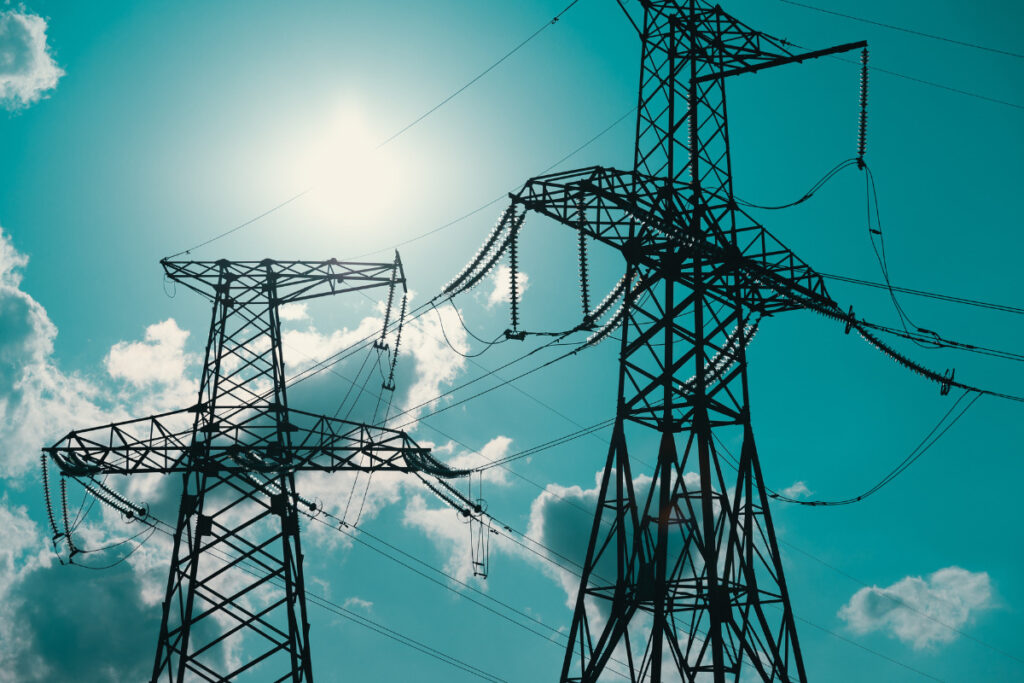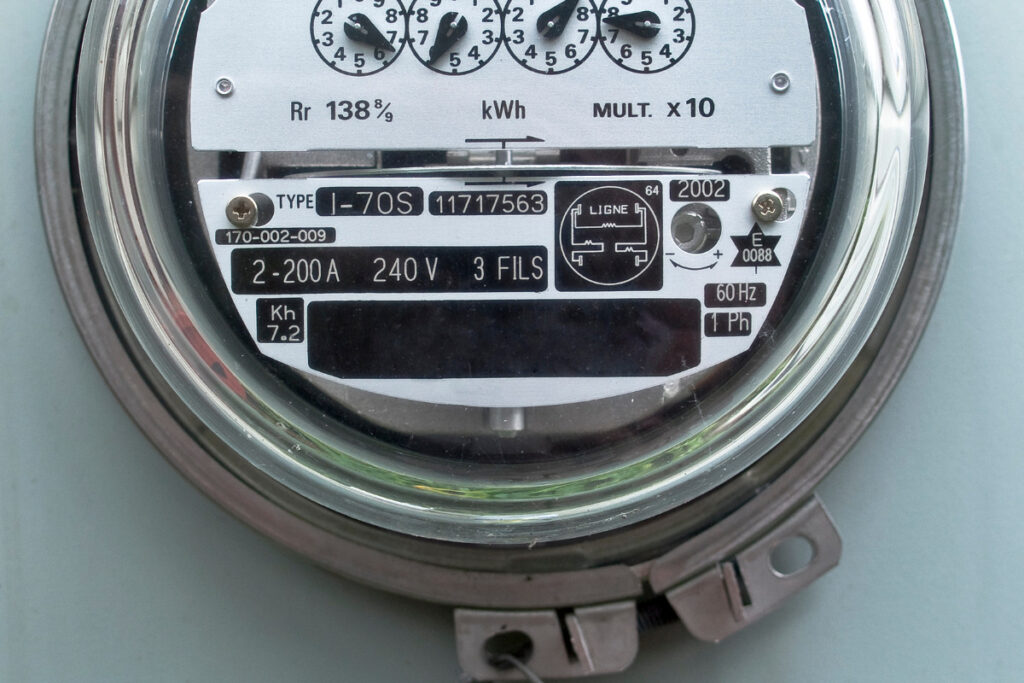Introduction
As a California resident, you aim to harness the power of renewable energy and unlock cost savings. With California’s recent shift to Net Energy Metering (NEM) 3.0, maximizing the value of your solar investment has become crucial. Therefore, it’s essential to understand NEM 3.0 and its implications on your potential solar savings.
This comprehensive guide will brexplainverything you need to know about capitalizing on this new policy. Additionally, it will highlight practical tips to help ensure you’re making informed decisions for the environment and your wallet.
| Key Takeaways |
|---|
| NEM 3.0 in California allows solar panel owners to export excess electricity back into the grid and receive credits on their utility bills for that energy, providing even more financial benefits than previous versions of NEM. |
| To maximize solar savings under NEM 3.0, homeowners should choose the right size solar system, optimize its performance with energy-efficient upgrades, utilize time-of-use rates, and install battery storage for excess power. |
| Choosing a reliable solar provider with experience and expertise is crucial to ensuring long-term success and maximizing savings potential under NEM 3.0 in California. |
| Financing options such as cash purchases or solar loans can provide higher returns on investment than leasing agreements while allowing customers to claim tax credits and rebates. |
Understanding NEM 3.0
NEM 3.0 is a policy that enables solar panel owners to export excess electricity back into the grid. They receive credits on their utility bills for that energy, offering even more financial benefits than previous versions of NEM.
Explanation Of Net Energy Metering (NEM)
Net Energy Metering (NEM) is a billing arrangement between solar customers and their utility companies. It is designed to promote renewable energy production by incentivizing solar panels.
Under NEM, homeowners and businesses generating electricity through solar power systems can receive credits on their electric bills. These credits are provided for any excess energy produced but not used.
In essence, NEM allows solar panel owners to store surplus energy they produce during peak sunlight hours in the grid. They can later draw this credit back, typically at night or on cloudy days when solar generation is low.
This process makes adopting clean energy solutions more cost-effective for consumers. It offsets part or all of their electricity bills, resulting in substantial savings over time.
Changes Under NEM 3.0
Net Energy Metering (NEM) 3.0 significantly changes California’s solar policy, affecting current and future solar panel owners. Here are some of the changes under NEM 3.0:
- Eligible customers will receive a ten-year transition period from NEM 2.0 to NEM 3.0.
- The compensation rate for energy exported to the grid, known as the “avoided cost” rate, will transition from a market-based calculation. It will now be based on the location of the solar panel owners.
- The energy export limit is 100% of a customer’s annual usage. Previously, it was determined based on a “NEM cap.”
- To qualify for net metering, new systems must communicate with the utility company using inverters with an open communication protocol.
- Time-of-use rates are mandatory for new solar installations in California, meaning customers pay different rates depending on when they use electricity from the grid.
- Customers must pay a one-time interconnection fee ranging from $75 to $150.
- Systems over one megawatt in size are ineligible for net metering and must negotiate power-purchase agreements directly with utility companies.
These changes under NEM 3.0 may seem daunting, but they don’t necessarily mean the end of solar savings in California. By following some simple steps and taking advantage of incentives such as rebates and tax credits, homeowners can still maximize their solar value under NEM 3.0.
Eligibility Requirements For California Solar Panel Owners
To be eligible for NEM 3.0 in California, solar panel owners must meet the following requirements:
- The solar system must be installed on the customer’s property and interconnected to the grid of a participating utility company.
- The aggregate capacity of all eligible systems must not exceed the lesser of 5 megawatts or 5 percent of the utility’s aggregate customer peak demand.
- Customers must have a valid electric service account with a participating utility.
- The solar system must comply with safety, power quality, and interconnection standards.
- Residential customers can only participate in NEM 3.0 if their system is sized to offset their annual electricity consumption or less. Non-residential customers can participate regardless of system size. However, they will only receive full NEM 3.0 benefits for energy generated up to their annual usage.
- Customers receiving other non-NEM incentives like self-generation incentive program (SGIP) rebates might not be eligible for NEM 3.0 or may be subject to reduced benefits.
With these requirements met, homeowners and businesses can take advantage of NEM 3.0 and maximize their solar savings. They can do so through various strategies, such as choosing the right-sized solar system and implementing energy-efficient upgrades. Additionally, utilizing time-of-use rates and installing battery storage systems from reliable providers can further enhance savings. When selecting providers, it is important to consider those that offer financing options. Additionally, prioritize providers that provide excellent customer service support.
Maximizing Solar Savings Under NEM 3.0
To maximize your solar savings under NEM 3.0, consider choosing the right-sized solar system, optimizing its performance with energy-efficient upgrades, utilizing time-of-use rates, and installing battery storage for excess power.
Choosing The Right Size Solar System
Choosing the right size solar system is important to maximize your solar savings under NEM 3.0. You want a system that produces less energy than you consume or doesn’t produce enough power for your needs.
Remember that larger systems may cost more upfront but could generate more significant savings in the long run. On the other hand, smaller systems require less investment but may not provide all the electricity needed to offset utility costs completely.
Optimizing System Performance With Energy-efficient Upgrades
One way to maximize solar savings under NEM 3.0 in California is by optimizing system performance with energy-efficient upgrades. Here are some tips to get started:
- Upgrade to energy-efficient appliances: Replacing old devices with newer, more efficient models can significantly reduce energy usage and boost your solar savings.
- Install LED lighting: Switching to LED light bulbs and fixtures uses less electricity and can save you money in the long run.
- Use smart thermostats: A smart thermostat allows you to control your home’s temperature remotely, so you can adjust it according to your schedule and preferences, which can help cut down on energy waste.
- Ensure proper insulation: Properly insulating your home can prevent heat loss during colder months, reducing the energy needed to maintain a comfortable temperature.
By implementing these energy-saving upgrades, you’ll reduce your overall energy consumption and increase the value of your solar investment under NEM 3.0.
Utilizing Time-of-use Rates
One of the most significant changes under NEM 3.0 is the shift toward time-of-use (TOU) rates. These rates charge different prices for electricity depending on when it is used.
You can significantly reduce your monthly electric bill by adjusting your energy consumption to take advantage of lower rates during off-peak hours. Additionally, this approach helps in maximizing solar savings.
For example, installing battery storage could charge your batteries when energy prices are low. Later, you can use that stored power during peak hours when electricity is more expensive.
Additionally, some utilities offer incentive programs for customers who participate in demand response events. Customers can experience this by reducing their energy usage during times of high demand on the grid.
Installing Battery Storage
Installing battery storage is one of the most effective ways to maximize your solar savings under NEM 3.0 in California. Battery storage allows you to store excess solar energy during the day and use it at night or during peak demand when electricity rates are higher.
Doing so can reduce your reliance on the grid and avoid paying high electricity prices during peak periods.
Various types of batteries are available for home solar systems, including lithium-ion and lead-acid batteries. Lithium-ion batteries are more expensive but offer higher performance and longer lifespans, while lead-acid batteries are more affordable but require more maintenance.
Choosing A Solar Provider And Financing Options
Choosing a solar provider with experience and expertise, excellent customer service, and financing options that suit your budget is important.
Importance Of Experience And Expertise
Choosing the right solar provider can significantly maximize your solar savings under NEM 3.0 in California. Selecting a company with experience and expertise is essential, as they’ll be familiar with the industry’s latest policies, incentives, and technological advancements.
A knowledgeable provider will also offer excellent customer service and support throughout the installation process and beyond.
Remember that installing solar panels is an investment that will benefit your home or business for years; therefore, selecting a reputable provider is crucial for ensuring long-term success.
Some companies may offer lower prices initially but lack experience or poor customer service standards that could harm your savings potential over time.
Customer Service And Support
Choosing a solar provider is crucial in maximizing your solar savings under NEM 3.0. It’s not just about the price but also about the customer service and support that comes with it.
Look for companies with experience and expertise in providing high-quality solar systems tailored to your energy needs.
When selecting a solar company, ask for referrals from satisfied customers or read reviews online to understand their reputation in the market. You want to ensure you have reliable after-installation support whenever you need it.
Also, check if they offer financing options or rebates/incentives for California customers, as these can help reduce upfront costs.
Financing And Payment Options
Solar financing and payment options can greatly impact the overall cost and financial benefits of going solar under NEM 3.0 in California. Finding a solution that best fits your needs and maximizes your solar savings. Here’s a comparison of some common financing options available to solar customers:
| Financing Option | Pros | Cons |
|---|---|---|
| Cash Purchase | Highest potential return on investment | Requires upfront capital |
| No monthly payments | Responsibility for ongoing maintenance | |
| Claim tax credits and rebates | ||
| Solar Loan | Low or zero down payment | Interest payments can reduce overall savings |
| Flexible repayment terms | Responsibility for ongoing maintenance | |
| Claim tax credits and rebates | ||
| Solar Lease | Low or zero down payment | Lower overall savings compared to purchase or loan |
| Leasing company handles maintenance | Cannot claim tax credits and rebates | |
| Fixed monthly payments | ||
| Power Purchase Agreement (PPA) | Pay only for electricity generated | Lower overall savings compared to purchase or loan |
| No upfront cost | Cannot claim tax credits and rebates | |
| Leasing company handles maintenance |
It’s crucial to carefully evaluate each financing option and choose the one that best aligns with your financial goals and requirements. Consult an experienced solar provider to determine the best financing solution to maximize your solar savings under NEM 3.0.
Rebates And Incentives Available For Solar Customers
Solar customers in California can maximize their savings through various rebates and incentives offered by the state and federal governments. Here are some of them:
- Federal Investment Tax Credit (ITC) – The ITC offers a 30% credit on the total solar panel system cost, including installation, for residential and commercial properties until December 31, 2032.
- California Solar Initiative (CSI) – CSI provides cash incentives for installing solar panels in residential properties based on the size of the solar system and the customer’s income level.
- Property Tax Exemption – Under California law, any property value increase due to a solar panel system is exempt from property taxes.
- Net Energy Metering (NEM) – NEM allows solar customers to receive credits for excess energy generated by their systems that is sent back to the grid.
- Self-Generation Incentive Program (SGIP) – SGIP offers rebates to support battery storage installations with renewable energy systems like solar panels.
By taking advantage of these rebates and incentives, California solar customers can further reduce their initial investment costs and achieve greater savings in the long run.
Additional Tips For Maximizing Solar Savings
Other ways to maximize solar savings under NEM 3.0 include monitoring the system’s performance, keeping solar panels clean and free from obstructions, upgrading to more efficient panels, and taking advantage of renewable energy credits and tax incentives.
Monitoring System Performance
To ensure the best solar savings under NEM 3.0, it’s crucial to regularly monitor your system performance. This will help identify any issues impacting energy generation and your savings potential.
In addition, keeping an eye on monthly electricity bills can also reveal if there are any unusual spikes or decreases in usage that need further investigation.
Keeping Solar Panels Clean And Free From Obstructions
To maximize their efficiency, it’s essential to keep solar panels clean and free from obstructions. Dirt, dust, bird droppings, and debris like leaves or branches can reduce the amount of sunlight that reaches your solar panels, reducing their output.
Trees or structures that cast shadows on the solar panels during peak production hours should also be trimmed or removed. This way, you ensure your solar system produces the maximum possible energy output daily.
Upgrading To More Efficient Panels
Another way to maximize your solar savings under NEM 3.0 is by upgrading to more efficient solar panels. These newer models can convert more sunlight into usable electricity, giving you a higher energy output and reducing your dependence on grid electricity.
In addition to increasing your energy production, upgrading your panels can help you take advantage of other incentives offered by the state of California. For example, some utility companies offer rebates or other financial incentives for customers who switch to high-efficiency solar panels.
Conclusion
In conclusion, getting the most value from NEM 3.0 in California requires a few key steps. These steps include optimizing your solar system’s size and performance and utilizing time-of-use rates. Additionally, installing battery storage can also be beneficial.
Choosing the right solar provider with experience, expertise, customer service, and support is also important. Additionally, consider their financing options and access to rebates and incentives available for solar customers.
By following these tips and monitoring your system’s performance, homeowners can maximize their solar savings under NEM 3.0. Additionally, keeping the system clean from obstructions and upgrading to more efficient panels when affordable can further enhance savings. This way, homeowners can contribute to renewable energy efforts in California.
Going solar?
Now the ball is in your court. Don’t wait any longer and start getting quotes for your solar installation. Take advantage of the benefits of going solar under Net Metering 3.0 in California. Connect with DroneQuote to receive multiple quotes from different installers, ensuring you find the best option for your needs. DroneQuote gets multiple quotes from other installers, ensuring you find the best option for your needs. Take advantage of the benefits of going solar under Net Metering 3.0 in California. Get started here and see why people have such glowing reviews of our streamlined and efficient process.
FAQs
- What is NEM 3.0, and how does it work?
NEM 3.0 stands for Net Energy Metering 3.0. It is a program in California that allows solar panel owners to sell excess energy generated back to the grid at a retail rate, offsetting their own energy usage costs.
- How can I maximize my savings with NEM 3.0?
To maximize your savings with NEM 3.0, you should install your solar panels correctly. Additionally, you should maintain them for optimal efficiency. You should also consider adding energy-efficient appliances and reducing overall energy consumption during peak hours when electricity prices are highest.
- What happens if I generate more energy than I use with NEM 3.0?
If you generate more energy than you use with NEM 3.0, your utility company’s policies will credit the excess towards future bills. Alternatively, they may roll it over into the next billing cycle.
- Are there any downsides to participating in NEM 3.0?
Participating in NEM 3.0 has a potential downside: utility companies or government entities may make policy changes or adjustments. These changes could impact future savings for solar panel owners who heavily rely on this program for bill reduction and revenue generation from excess energy sales back to the grid.




